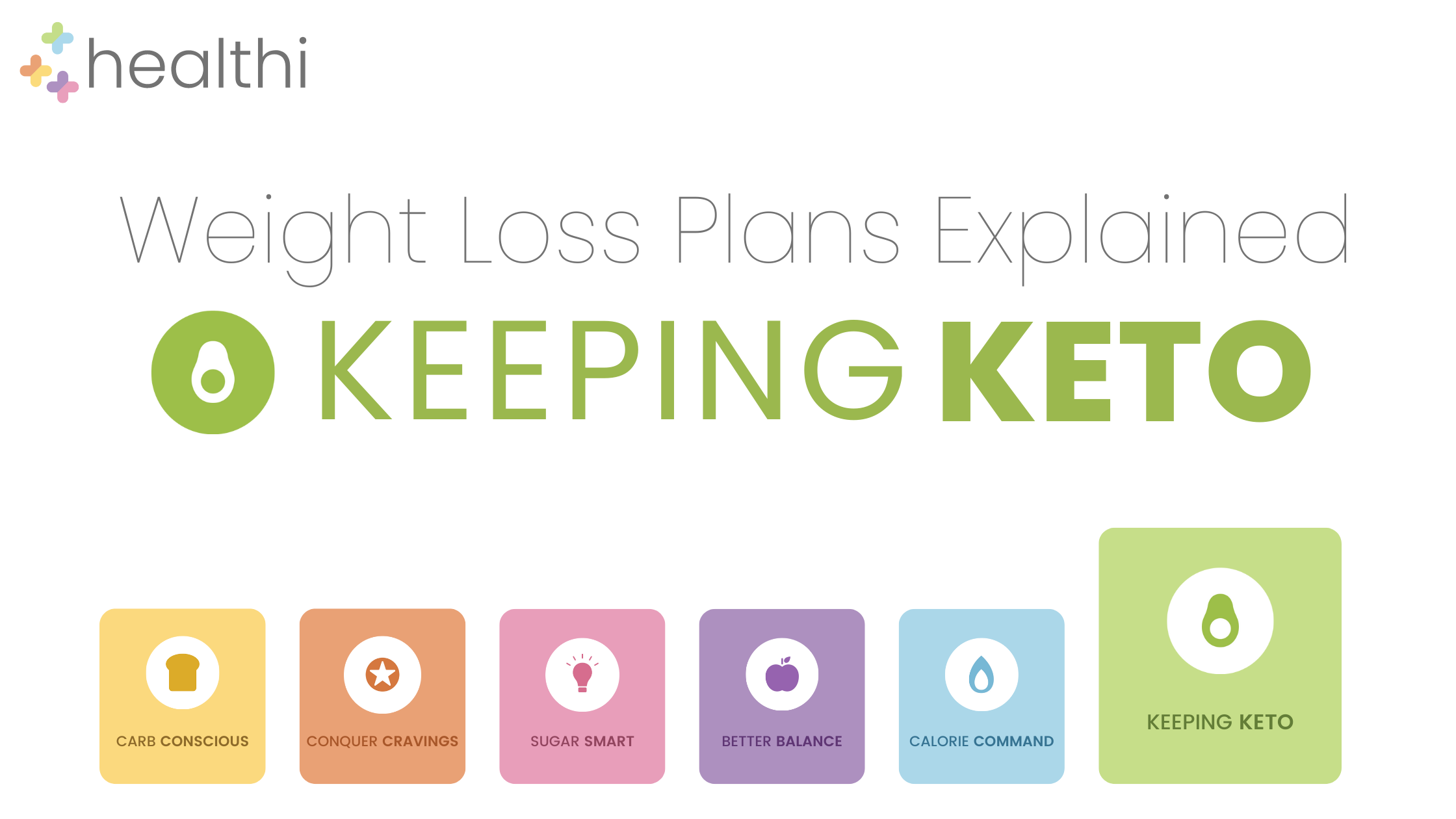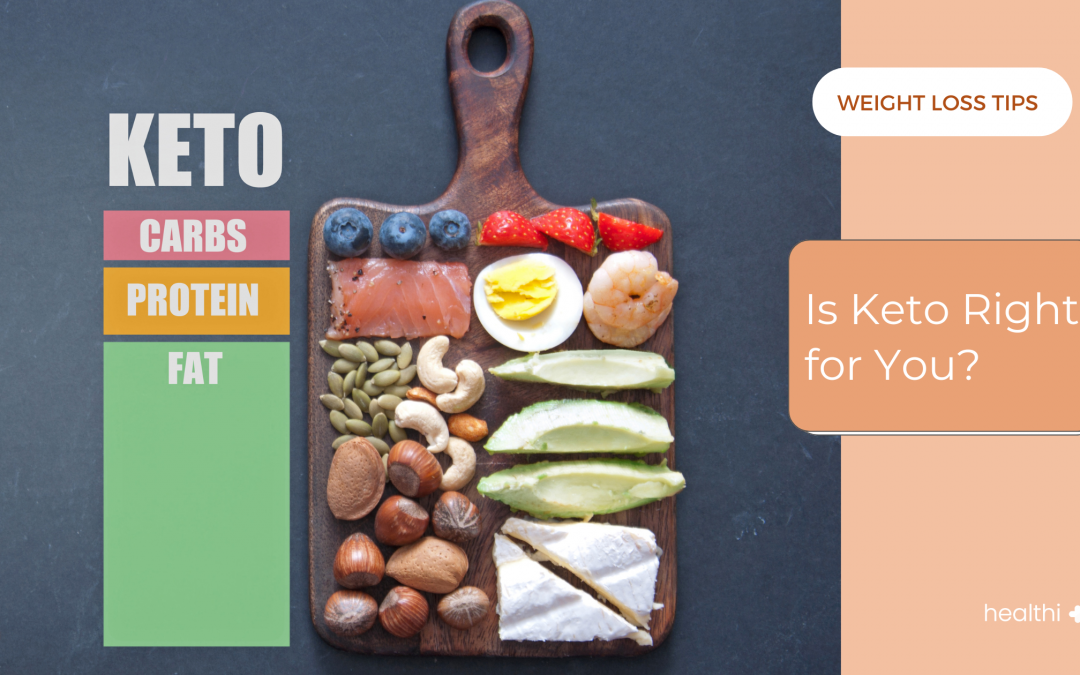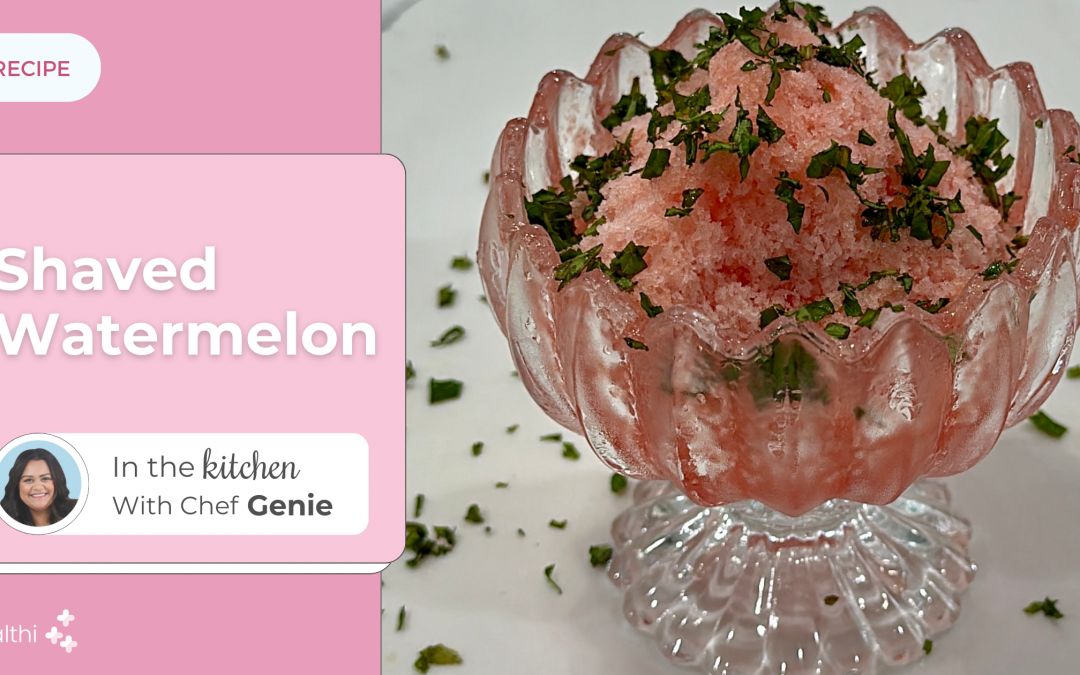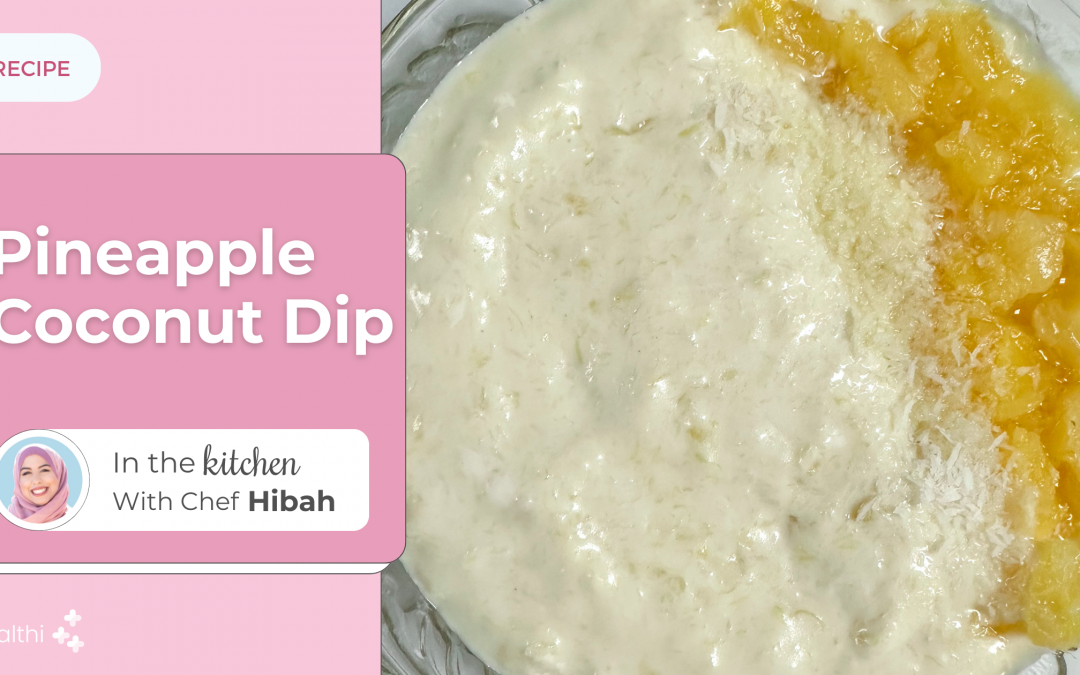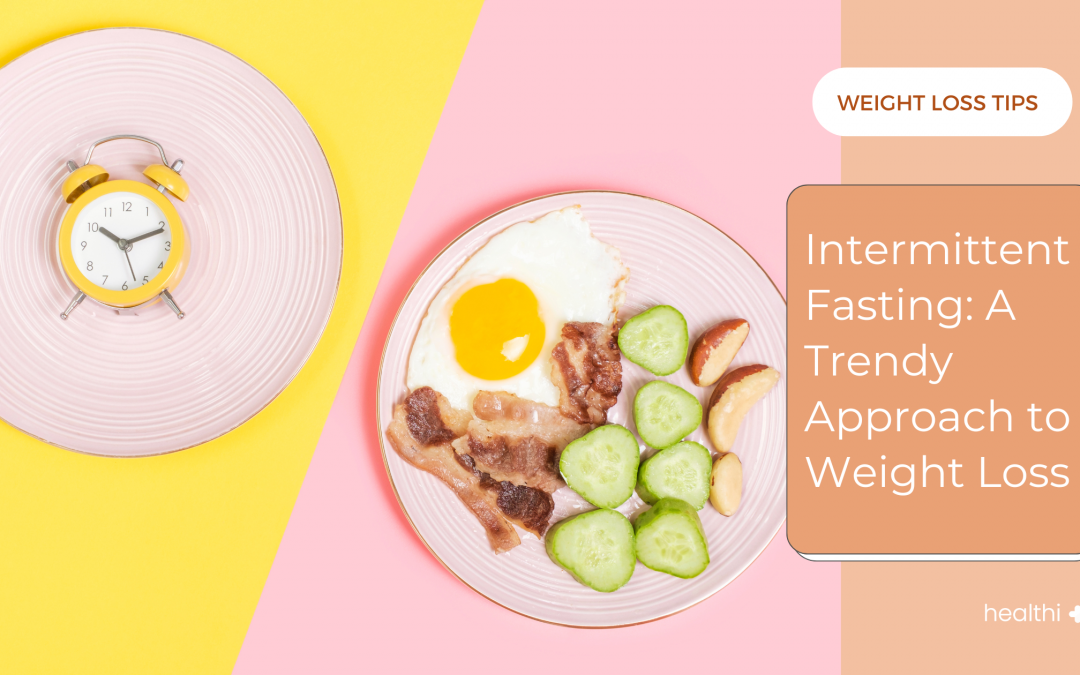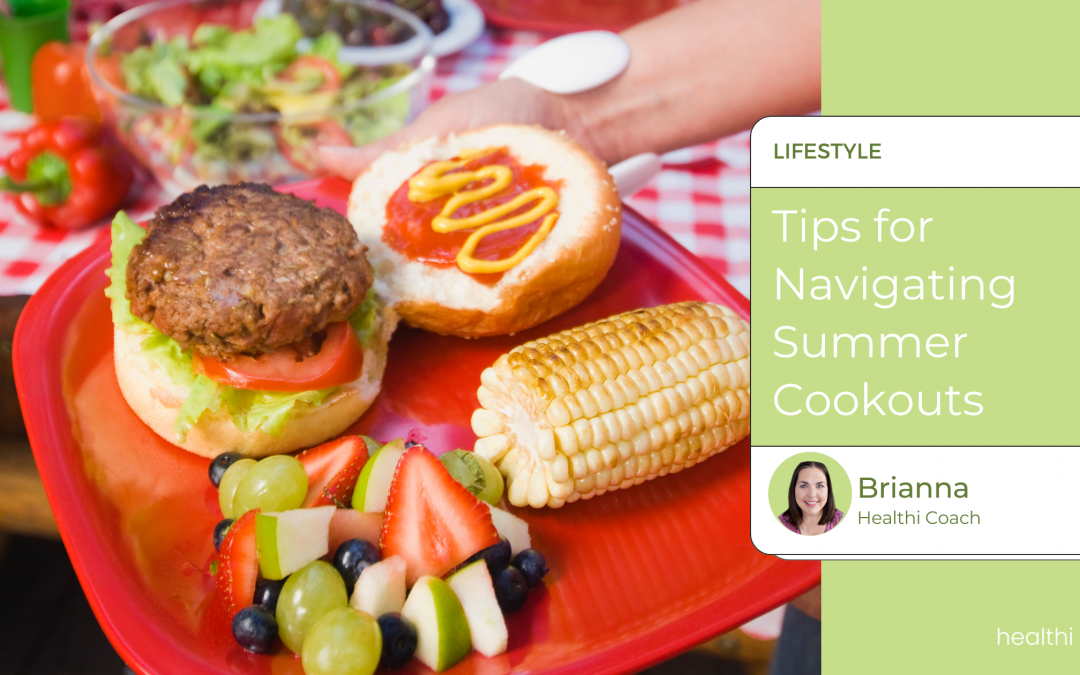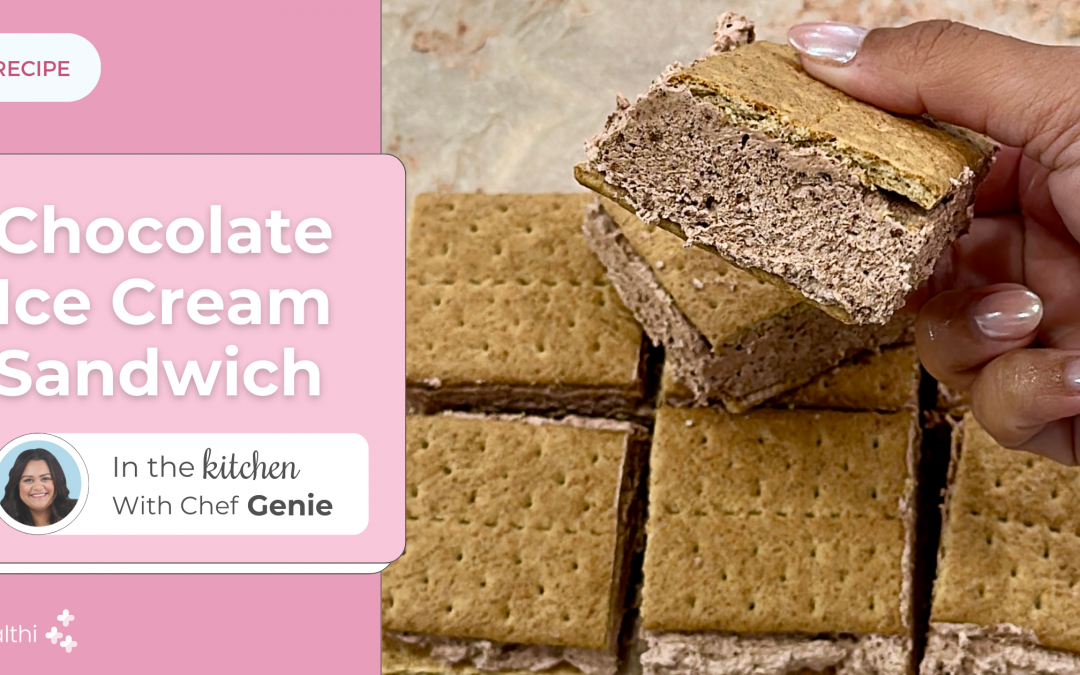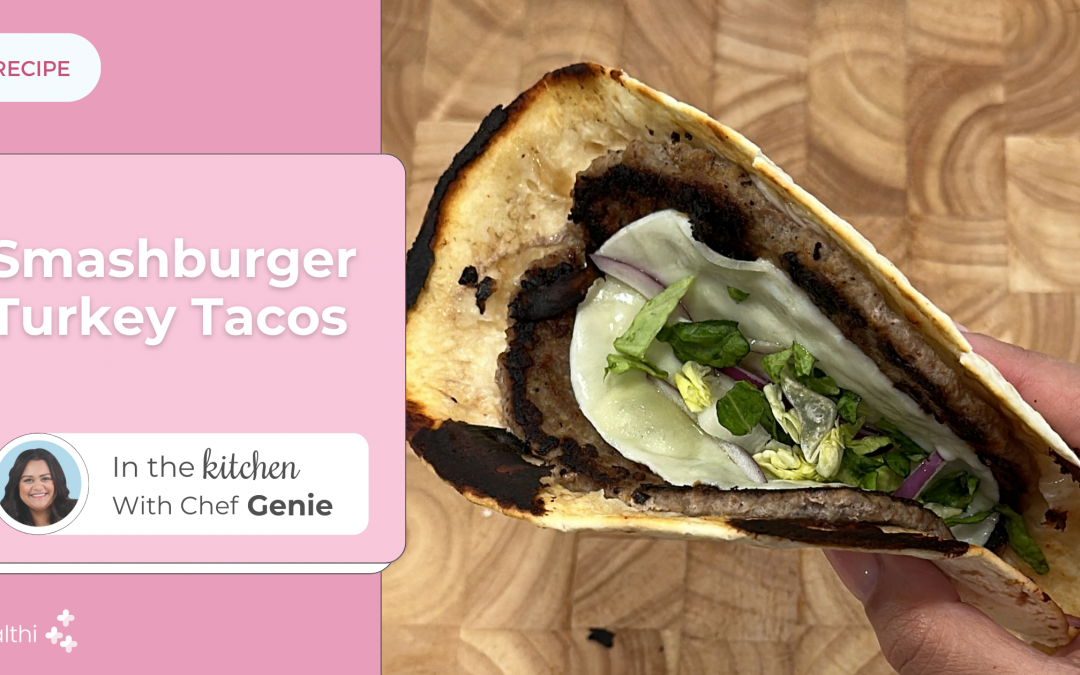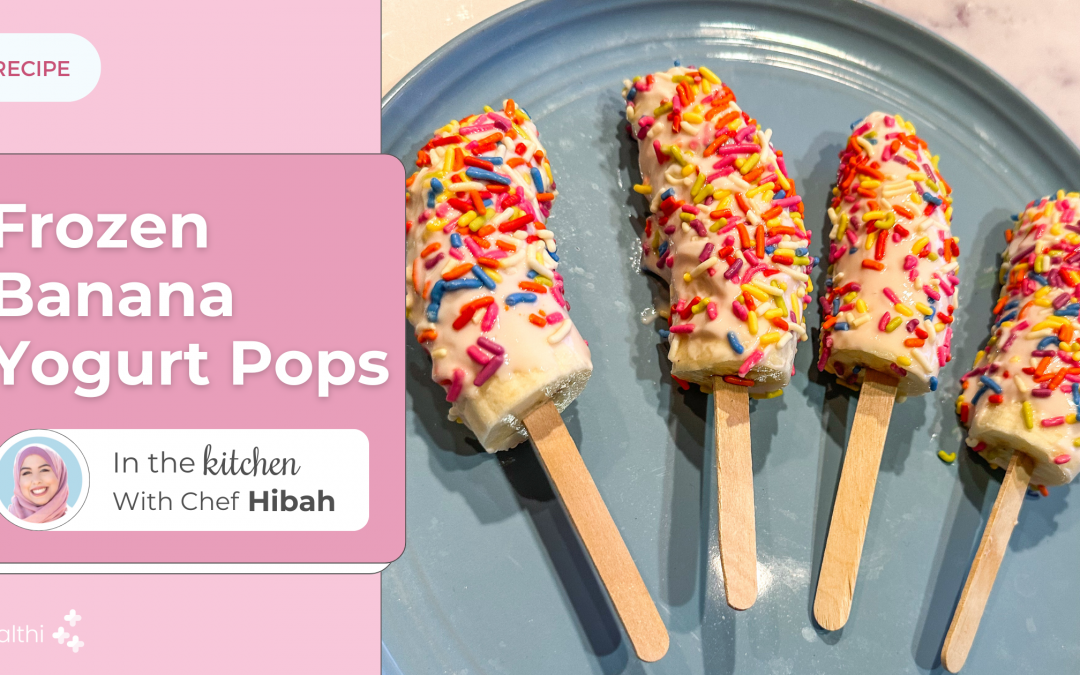 This write-up is prepared by Head Coach Lisa, to be a quick and easy guide to understanding the KEEPING KETO weight loss plan.
This write-up is prepared by Head Coach Lisa, to be a quick and easy guide to understanding the KEEPING KETO weight loss plan.
WHO DOES THIS PLAN WORK BEST FOR?
If you’ve tried other weight loss methods and have had little success, it might be worth giving KEEPING KETO a try.
KEEPING KETO won’t give the same feeling of deprivation that other diets do because you’re eating foods that are more filling. At the heart of it, Keto is a low-carb, high-fat diet that shares many similarities with Atkins or other low-carb diets you may already be familiar with. It involves drastically reducing carbohydrates and replacing them with fat which helps put your body into a metabolic state know as ketosis. When this happens your body become more efficient at burning fat for energy and also turns fat into ketones in the liver.
If your body struggles to break down carbs/sugars, KEEPING KETO might make your weight loss journey easier. And, if you have type 2 diabetes, KEEPING KETO may help improve/regulate your blood sugar levels.
HOW DOES THE PLAN WORK?
A typical diet may consist of 30% Fat, 50% Carbs, 20% Protein while target macros for Keto are quite different consisting of 70% Fat, 5% Net Carbs, 25% Protein. KEEPING KETO uses the concept of “Net Carbs” to track consumption of carbohydrates which is simply total carbs minus fiber. Fiber is a carbohydrate that your body can’t digest, so it doesn’t count toward the amount of carbs that can trigger an insulin response, which too much of can prevent your body from going into ketosis.
With KEEPING KETO, you’re not focusing so much on a decrease in calories like in high-carb diets, which will give you steadier, more consistent energy.
Lastly, we want to identify a few risks, because like all weight loss programs, there are aspects to be aware of. If you have existing liver or kidney problems, you will want to heed caution. On the ketogenic diet, the liver will have a lot of fat to process and it could worsen any existing liver conditions. The kidneys will have a higher amount of protein to process and the keto diet could overload them. It’s important to have your liver and kidneys checked before starting keto, to make sure they are healthy and you don’t have any underlying issues. It is important to note, the keto diet is more serious than the average diet, because you’re changing the way your body is functioning on a cellular level. We strongly recommend consulting with your physician before starting this diet.
HOW DO I GET THE BEST RESULTS ON THIS PLAN?
Plan ahead and commit – When you set your mind to fully committing to a weight loss plan, you are already on the right path. You haven’t really started anything yet, but you’re making a promise to yourself. This promise is going help you stay accountable.
Drink plenty of water – a ketogenic diet can make it easier to become dehydrated as you may also lose more electrolytes than usual. Drink water regularly throughout the day and ensure you stay hydrated.
Plan for an adjustment period – Often when people are starting a ketogenic diet for the first time, they’ll go through a short adjustment period referred to as the “keto flu” where they’ll feel tired, have brain fog, feel irritable, nauseous, have headaches and possibly insomnia. This is totally normal and temporary! It is simply your body adjusting to this significantly new way you’re asking it to function. The good news is, you’ll likely only go through this once. If you fall off the diet for a few days, you are unlikely to experience the same symptoms when you get back on it again.
Understand your cholesterol levels – The ketogenic diet prioritizes the consumption of higher amounts of saturated fat. Which means, a keto diet may cause a temporary rise in your LDL cholesterol levels. Most people see them level out over time. It is important to have your cholesterol checked regularly if you decide to transition to a ketogenic lifestyle.
REACH OUT TO YOUR COMMUNITY – To help you discover great recipes, ingredient swaps, or your next accountability buddy – join our KEEPING KETO group in the Community section of your app to see how other members are finding success on this plan. Follow us on Instagram for daily inspiration and join us on Facebook for weekly meeting details.

